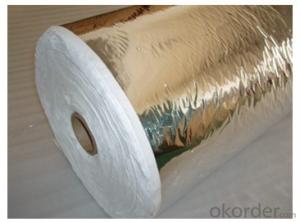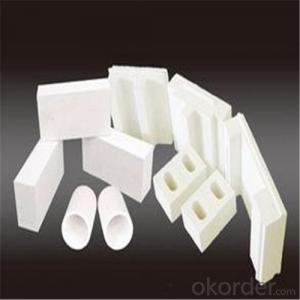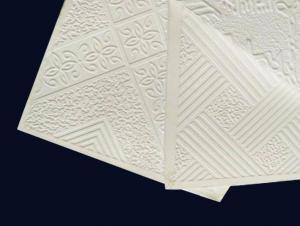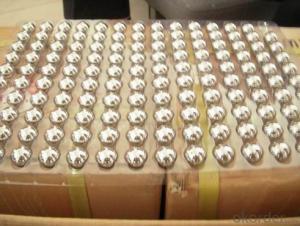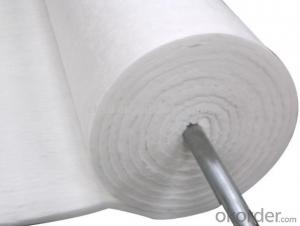Conductivity Of Stainless Steel
Conductivity Of Stainless Steel Related Searches
Shiny Or Dull Side Of Aluminum Foil For Cooking Inverter For 100w Solar Panel Solar Panel Inverter For Rv Pvc Tiles For Walls Wall Lights For Bedrooms Inverter Ac With Solar Panel Solar Panel With Inverter Kit Solar Panel Kits With Inverter Solar Panel With Inverter Direct Roving For PultrusionHot Searches
Steel Mesh Panels For Sale Type Of Inverter For Solar Price Of Shipping Containers For Sale Types Of Inverter For Solar Aluminum Bar Stock For Sale Bags Of Cement For Sale Types Of Temporary Side Panels For Cement Deck Cost Of Awnings For Decks Type Of Scaffolding With Pdf Price Of Scrap Stainless Steel Price Of Stainless Steel Scrap Price Of Stainless Steel Galvanized Steel Scrap Price Type Of Stainless Steel Types Of Stainless Steel Grades Types Of Stainless Steel Aluminum Corp Of China Stock Types Of Scaffolding In Construction Pdf Stainless Steel Factory Stainless Steel TypeConductivity Of Stainless Steel Supplier & Manufacturer from China
Okorder.com is a professional Conductivity Of Stainless Steel supplier & manufacturer, offers integrated one-stop services including real-time quoting and online cargo tracking. We are funded by CNBM Group, a Fortune 500 enterprise and the largest Conductivity Of Stainless Steel firm in China.Hot Products
FAQ
- To avoid scratching stainless steel sheets while handling and installing them, there are several precautions you can take: 1. Apply protective covering: Prior to handling or installation, it is advisable to apply a protective film or covering on the surface of the stainless steel sheets. This covering acts as a barrier, safeguarding against scratches and scuff marks during transportation and installation. It is important to ensure that the chosen covering is suitable for stainless steel and leaves no residue when removed. 2. Handle with caution: It is crucial to be mindful of how you handle the stainless steel sheets. Avoid dragging or sliding them against rough surfaces or each other, as this can result in scratches. Instead, use appropriate lifting techniques and handle the sheets with clean, dry hands or gloves to minimize the risk of leaving marks. 3. Utilize suitable tools: When working with stainless steel sheets, ensure that you use tools specifically designed for this purpose. Refrain from using tools with rough or abrasive surfaces that could potentially scratch the stainless steel. Opt for tools made from soft materials or those with protective coatings to reduce the chances of surface damage. 4. Keep work areas clean: Before installing stainless steel sheets, it is essential to ensure that the work area is clean and free from any debris or particles that could potentially scratch the surface. Use a clean cloth or soft brush to wipe down the area, removing any dirt, dust, or loose materials that could cause scratches during the installation process. 5. Secure sheets during transportation: If you need to transport stainless steel sheets, it is crucial to secure them properly to prevent any movement or shifting that could lead to scratches. Utilize appropriate packaging materials such as foam inserts, edge protectors, or straps to keep the sheets in place and minimize the risk of damage. By adhering to these preventive measures, you can significantly reduce the likelihood of scratching stainless steel sheets during handling and installation, ensuring a flawless finish and preserving the quality of the material.
- Certainly! Heat shields can indeed utilize stainless steel sheets. Renowned for their exceptional heat resistance and durability, stainless steel proves to be an outstanding option for safeguarding against heat transfer. By effectively deflecting radiant, convective, and conductive heat, stainless steel sheets are well-suited for an array of purposes, encompassing automotive heat shields, industrial machinery, and household appliances. Moreover, their corrosion resistance and effortless maintenance render stainless steel sheets a pragmatic and enduring selection for heat shield implementations.
- Indeed, electrical enclosures can be made using stainless steel sheets. Stainless steel possesses remarkable attributes such as exceptional strength, resistance to corrosion, and durability, rendering it a perfect material for safeguarding electrical components. It affords a superior level of safeguarding against environmental factors like moisture, dust, and extreme temperatures. Furthermore, stainless steel boasts commendable electrical conductivity, which is indispensable for proper grounding and shielding. It also provides a good degree of electromagnetic compatibility (EMC), thereby diminishing the likelihood of electromagnetic interference (EMI) in delicate electrical equipment. Additionally, stainless steel can be effortlessly cleaned and maintained, guaranteeing a long-lasting and dependable enclosure for electrical applications.
- Yes, stainless steel sheets can definitely be used for decorative room dividers or partitions. Stainless steel is a versatile material that offers a sleek and modern look, making it a popular choice for contemporary interior designs. Its durability and resistance to corrosion also make it suitable for long-term use in various settings, including homes, offices, or commercial spaces. Additionally, stainless steel sheets can be customized with different finishes, patterns, or perforations to enhance their decorative appeal and create unique room dividers or partitions.
- Yes, stainless steel sheets can be used for swimming pool construction. Stainless steel is a durable and corrosion-resistant material, making it suitable for withstanding the harsh conditions of a swimming pool environment. It is commonly used for constructing pool walls, floors, and other structural components.
- Yes, stainless steel sheets can be used for outdoor applications. Stainless steel is highly resistant to corrosion, making it ideal for outdoor use where it will be exposed to moisture and other environmental factors. It is commonly used for outdoor structures, architectural elements, and equipment in industries such as construction, transportation, and marine.














